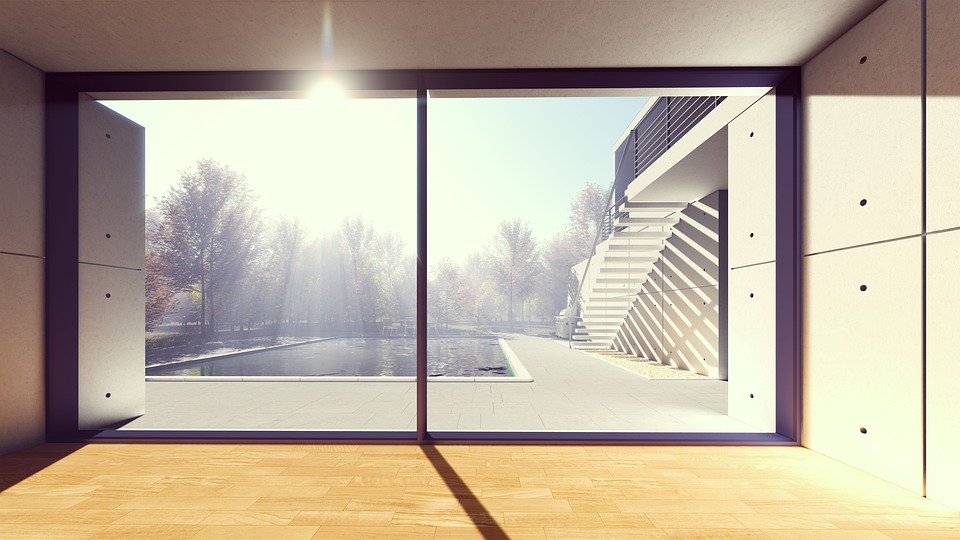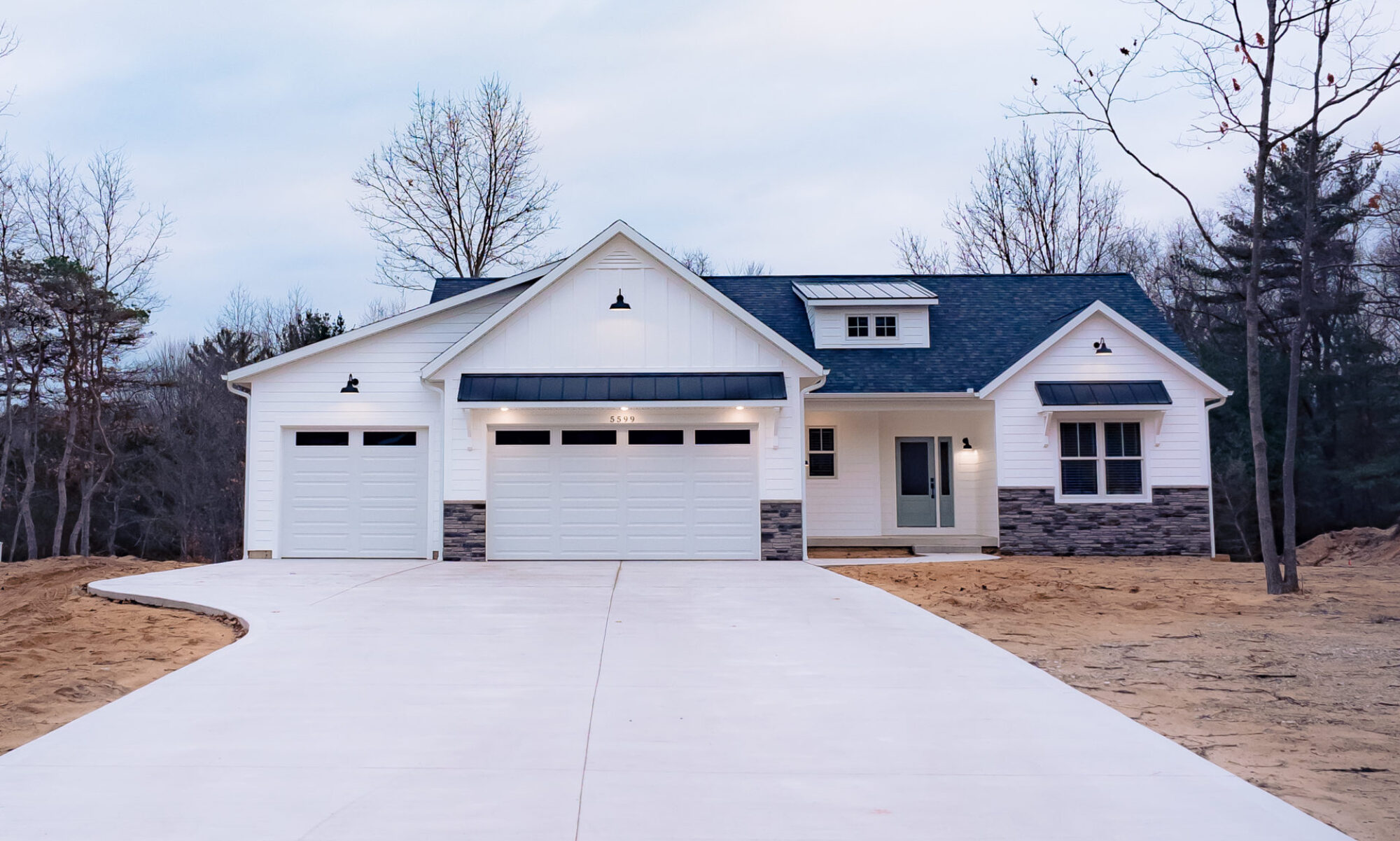
Gone are the days when a homeowner’s interest in windows was limited to whether they could find stylish window treatments. Today, energy-conscious homeowners want to minimize the costs of heating and cooling their homes, and selecting the right windows is a crucial step. So how far should you go when choosing energy-efficient windows? The key is knowing what window upgrades will give you the biggest bang for your buck without delivering a blow to your bottom line.
There are four factors to consider when choosing energy efficient windows: frame, glass, design and installation.
The Right Frame of Mind
Most people know a wood frame is less prone to heat and cold transfer than an aluminum one, since metals conduct temperature much more easily than wood. But that doesn’t mean wood is always the best choice for a utility-bill-friendly window. There are a variety of materials available for window frames, and each has positive and negative aspects. It’s up to you to decide what’s best for your style and your budget.
- Vinyl: Just because vinyl is a less expensive material doesn’t mean it has to be “cheap.” A well-constructed, properly installed vinyl window can be a practical choice: budget-wise while still offering excellent energy efficiency measures through insulated glass and tight construction that reduces air leakage. Vinyl windows can be limited in color choices, however, and the fact remains that some people simply don’t like the look of vinyl on their home.
- Wood: Wood windows offer the best insulative value, though they also require more upkeep than vinyl, wood-clad or aluminum frames. Because of the potential for rot, they may not be the best choice for extremely humid or rainy climates. A well-built wood window will stand the test of time, however: many original wood windows in older homes are still in good shape thanks to the high-quality cut and species of wood used, says Tamara Myers, president of Myers Constructs in Philadelphia.
- Aluminum: While not the top-performing material in terms of heat transfer and loss, aluminum windows are practical in rainy, humid climates, and they meet stringent coastal building codes in hurricane-prone areas thanks to their strength, says Johna Elisco, vice-president of All-American Doors and Windows in Pompano Beach, Fla.
- Wood-Clad: Wood-clad windows seemingly offer the best of both worlds: a low-maintenance exterior (usually vinyl or aluminum) encasing a temperature-transfer-resistant wood interior. But Jim DeLaPlaine, director of operations for Building Engineering-Consultants, Inc. of The Woodlands, Texas, cautions against these windows for wetter climates. Jim explains that clad windows can be prone to water intrusion, which can cause rotting, especially in the sills and jambs, where water tends to pool. He notes that proper installation of wood-clad windows should include use of waterproof rubber membranes around the cladding as well as a stand-alone flashing assembly called a sill pan. The sill pan drains any water that gets around the window sills and jambs, minimizing moisture intrusion (and resulting wood deterioration).
